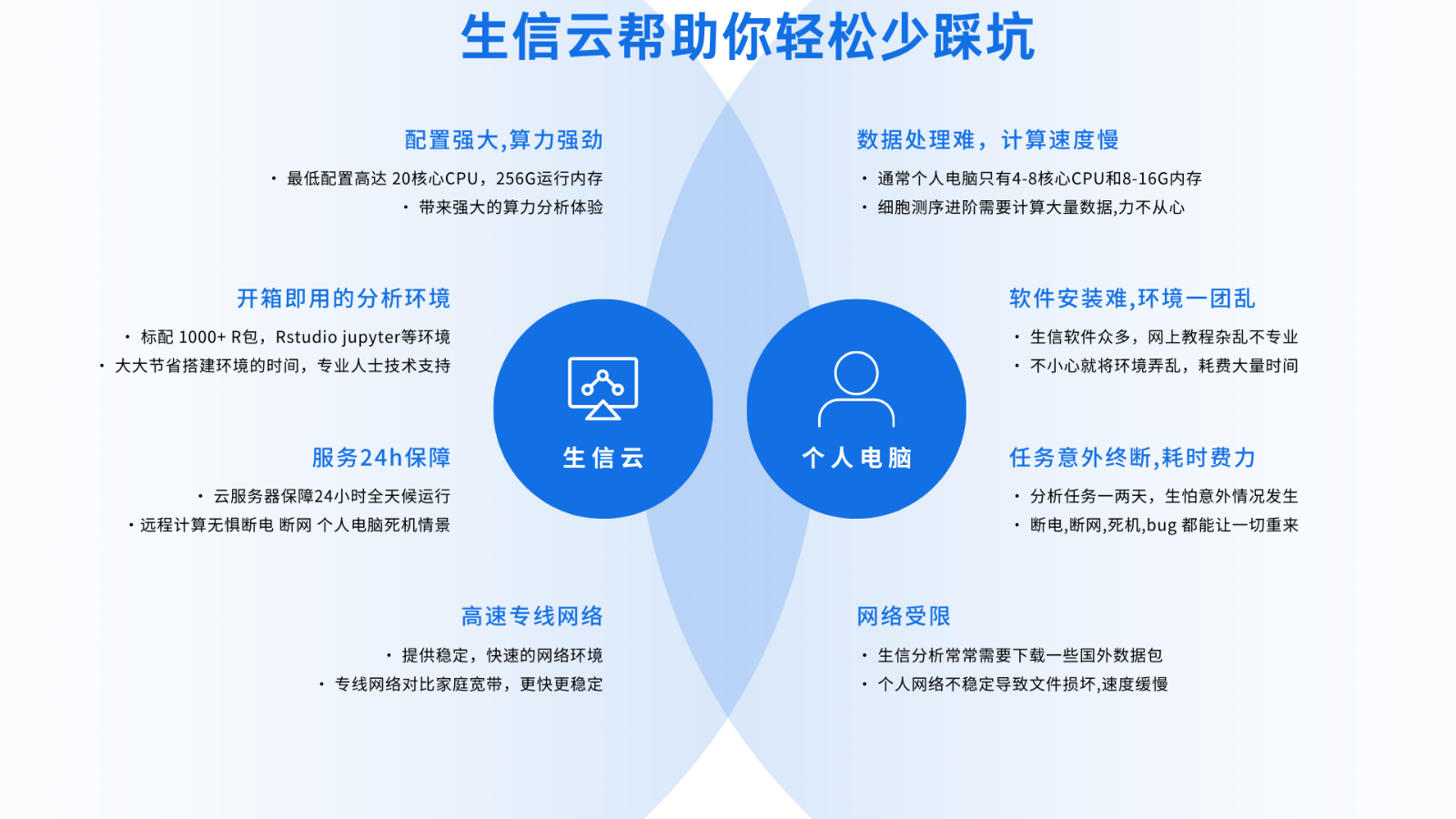
genomic information hub is central to accelerating precision medicine discoveries. These services handle vast omics datasets to uncover therapeutic targets and biomarkers. Employing AI-enhanced analysis and robust pipelines, they drive breakthroughs in drug discovery and diagnostics.
Enterprise-Scale Bioinformatics Servers for Omics Workloads
Omics technologies yield large-scale datasets that need robust, scalable analysis backends. Robust, scalable compute resources are required to run clinical and research-grade pipelines at scale.
- Autoscaling capabilities help servers handle variable throughput and large batch jobs.
- Additionally, parallel pipelines and distributed compute frameworks speed up complex workflows.
- Use cases span genome and transcriptome analysis, proteomics workflows, and computational phenotyping.
Cloud platforms simplify access, provisioning, and collaboration for genomics and multi-omics projects.
On-Demand Bioinformatics Clouds for High-Throughput Genomics
The sequencing data surge compels adoption of scalable, cloud-based infrastructures for analysis. Such clouds deliver instant access to compute clusters, object storage, and curated bioinformatics toolchains.

Cloud-Powered Bioinformatics: Comprehensive Analysis at Scale
Large-scale bioinformatic tasks benefit from distributed compute, GPUs, and high-memory nodes. Historically, on-premises clusters were the default but often struggled with peak demands and cost constraints.
The cloud permits elastic provisioning for demanding bioinformatics tasks, enabling broader experiment scope.
Moreover, cloud-based elasticity reduces capital expenditure and simplifies multi-site collaboration on shared datasets.
Bioinformatics in the Cloud: Tailored Next-Generation Solutions
As the field of bioinformatics evolves, reliance on computing power grows and specialized cloud solutions are emerging to meet modern research demands. These solutions provide reproducible pipelines, compliant data handling, and compute elasticity for biomedical research.
Rapid scalability permits equitable access to compute and tools, unlocking collaborative opportunities worldwide.

On-Demand Compute to Streamline Genomic Workflows
On-demand servers allow projects to scale resources temporarily without long-term hardware investments. This approach eliminates the burden of maintaining dedicated hardware and enables faster turnaround times for intensive bioinformatics tasks.
Out-of-box instances often ship with containerized pipelines and bioinformatics tool suites to expedite setup. Less time spent on setup equals more time for analysis, validation, and collaborative interpretation.
aaS Bioinformatics Platforms for Efficient Data Interpretation
Bioinformatics-as-a-Service is rapidly transforming biological research by providing researchers with instant access to sophisticated tools and datasets via the cloud. Such platforms provide the compute and tooling necessary to turn data into biological and clinical insight.

- aaS models let researchers access compute power on demand for peak processing windows.
- SaaS bioinformatics simplifies sharing of pipelines, datasets, and results among global teams.
- Cutting-edge analytics accelerate the translation from sequence data to actionable knowledge.
Tailored Medicine Realized via Bioinformatics Processing
Increased genomic and phenotypic data yields more precise stratification for personalized treatments. Servers run variant interpretation, risk modeling, and response prediction to inform patient-specific regimens. By empowering researchers and clinicians with timely access to actionable insights, these servers drive the evolution of personalized medicine.
Transformative Insights from Scalable Bioinformatics Computing
Bioinformatics computing reveals complexities of biological systems by applying powerful algorithms and domain tools to large datasets. Deep data analyses detect low-frequency events, structural variants, and pathway perturbations.

To decode complex biology, researchers depend on algorithmic, reproducible, and scalable computational frameworks.
High-Performance Next-Gen Infrastructure for Bioinformatics
The burgeoning field of bioinformatics necessitates increasingly sophisticated computational resources to handle growing biological datasets. Advanced infrastructures provision compute tiers and optimized pipelines to handle sequencing and ML workloads.
- Cloud-based platforms offer flexibility, scalability, and on-demand access to compute and storage resources, adapting to dynamic research needs.
- Specialized applications and curated pipelines expand to handle new assay types and analytic methods.
The infrastructure empowers rapid, reproducible research that translates into practical biotechnological advances.
An Advanced Bioinformatics Platform for Analysis and Discovery
A full-featured server suite provides modular capabilities—alignment, annotation, phylogenetics, and structure prediction. The suite supports alignment, annotation, transcript assembly, phylogenomics, and 3D structural prediction with curated resources. A user-focused UI, documentation, and reproducible workflows make advanced analytics approachable for scientists and developers.
